How to Get Your Child to Sleep on a Plane: 10 Expert Tips
Flying with children can be a daunting experience for even the most seasoned travelers. Between the overstimulation of a bustling airport, the unfamiliar surroundings of an airplane, and the disruption to established routines, helping children settle down and sleep while traveling at 30,000 feet is no small feat. Many parents worry about managing tantrums, calming restless kids, and ensuring their little ones don’t disturb fellow passengers. But with careful preparation and the right strategies, you can turn the challenge into a manageable—and even rewarding—part of your journey.
Having realistic expectations is crucial. Every child is unique, which means there’s no one-size-fits-all approach. Some toddlers might doze off easily with the hum of the engines as background noise, while others may find the strange environment too stimulating. The key is preparation, flexibility, and keeping a calm mindset. By following expert-backed advice and thoughtful planning, you can make flying with children a much smoother experience. Here are ten practical tips to help your child sleep on a plane and ensure a more peaceful journey for everyone involved.
1. Plan Your Flight Strategically
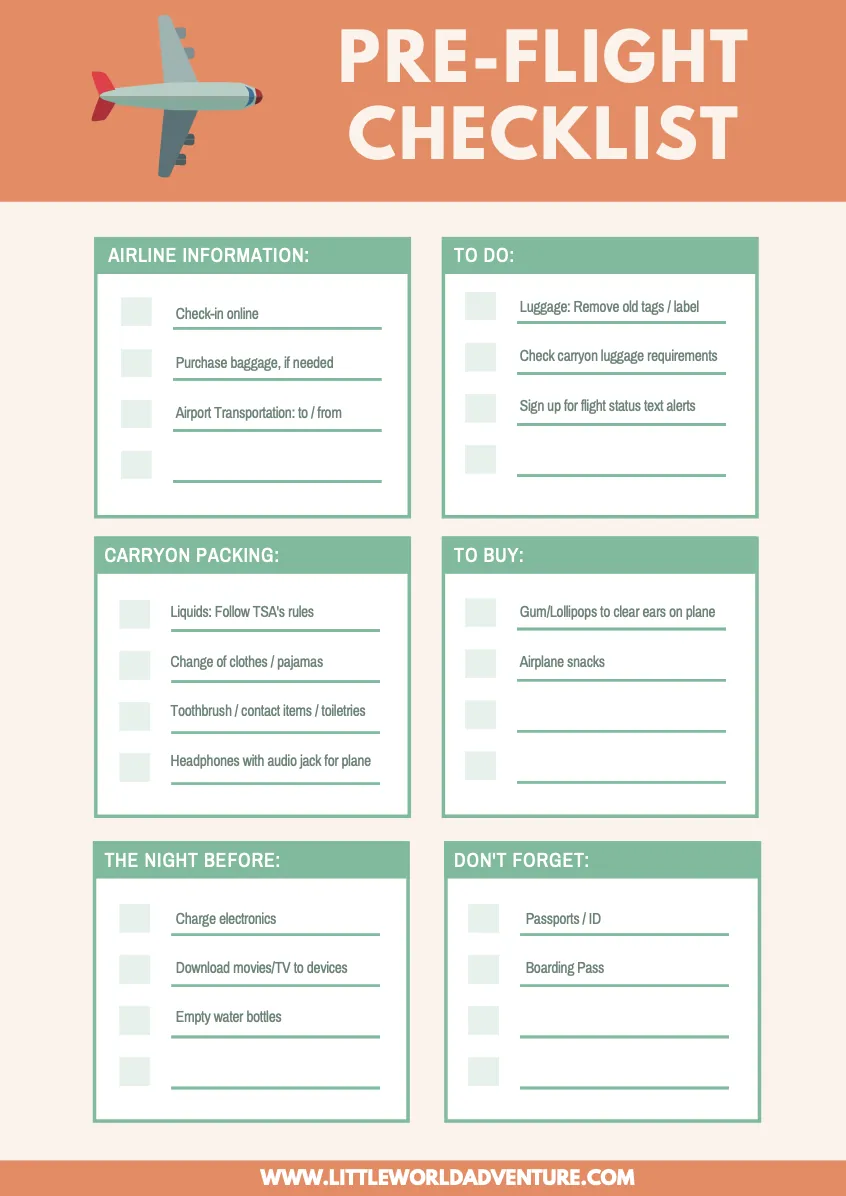
The foundation of a stress-free travel experience begins with choosing the right flight. The timing, structure, and seating arrangements of your flight can significantly influence how well your child adapts to the journey.
Choose Night Flights
Whenever possible, book a flight that coincides with your child’s natural bedtime. Night flights align with your child’s circadian rhythm, increasing the chances that they’ll fall asleep more easily. The dimmed cabin lighting and quieter atmosphere at night can also create a conducive sleep environment.
Opt for Direct Flights
For parents trying to get their child to sleep, layovers can be a nightmare. The disruption of multiple flights, waiting times in unfamiliar airports, and resetting routines can disrupt any progress you’ve made toward calming your little one. Whenever feasible, choose direct flights to minimize interruptions and help your child settle in for the long haul.
Strategic Seat Selection
Consider your seating options carefully. Bulkhead seats often offer extra legroom and space for bassinets, making them ideal for families with infants. Window seats can eliminate distractions by providing a defined boundary, while aisle seats allow easier access for bathroom visits. However, avoid seats located near galleys or restrooms, as these areas tend to be noisy and involve frequent foot traffic.
By picking the right flight and seating arrangements, you’re already setting yourself up for success before even stepping onboard.
2. Pre-Flight Preparation
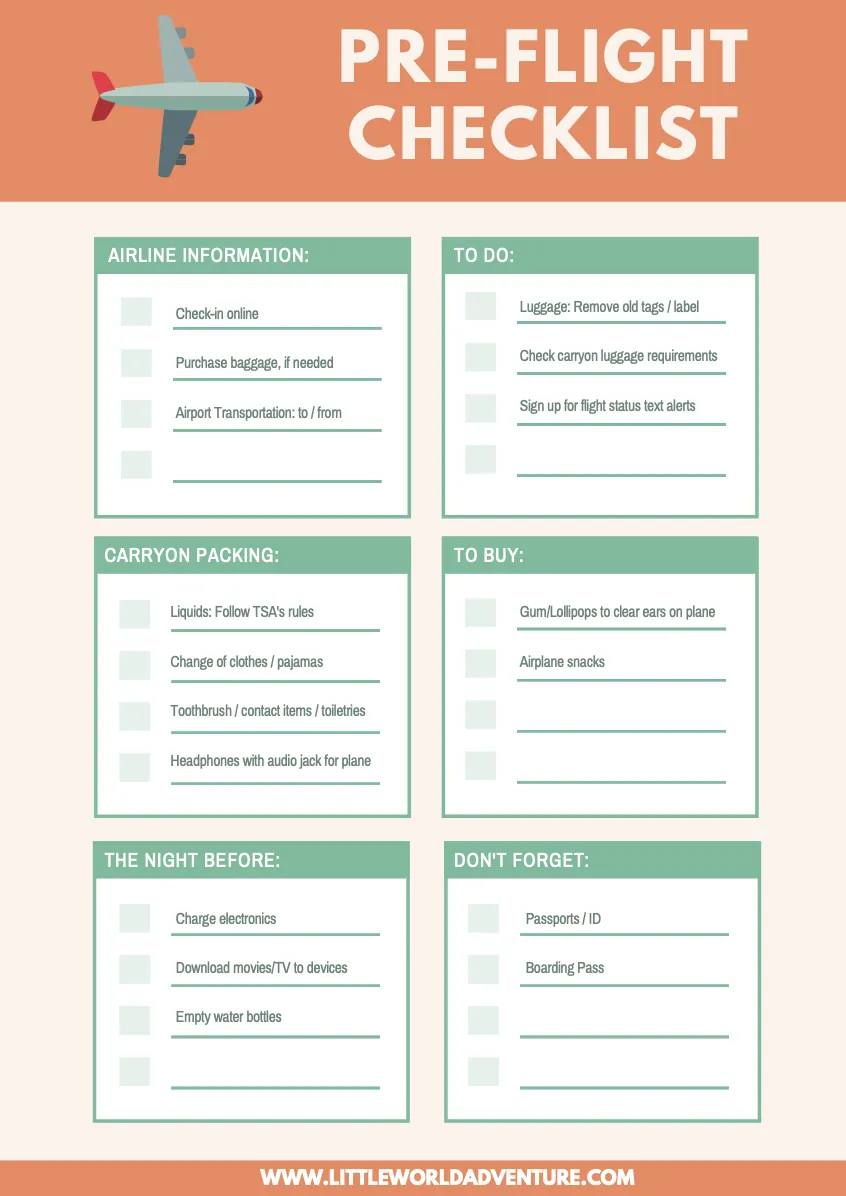
A successful flight with a sleeping child begins at home—what you do in the days leading up to the trip can make all the difference.
Adjust Sleep Schedule
If you’re traveling across time zones, gradually shift your child’s sleeping pattern to match the destination’s schedule. Start adjusting bedtime by 15–30 minutes earlier or later each day during the week before your flight. This gentle transition can help your child acclimate more easily to the trip, reducing the chances of jet lag once you arrive.
Pack Comfort Items
Children find reassurance in the familiar. Bring along items from home that your child associates with bedtime, such as their favorite blanket, stuffed animal, or pillow. These objects not only provide emotional comfort but also signal that it’s time to sleep. Familiar smells and textures can be particularly helpful in soothing children when they’re in an unfamiliar environment.
Talk Through the Plan
For older children, discussing the flight in advance can help alleviate anxiety and make the experience less intimidating. Explain what they can expect, including security checks, takeoff, and the in-flight environment. Let them know about the plan to sleep during the flight and how it will help them feel better at the destination. This builds anticipation and cooperation, making the experience smoother for both parent and child.
Preparation is key to creating a calm and predictable environment for young travelers to feel at ease—and ultimately, fall asleep.
3. Create a Comfortable Environment on the Plane
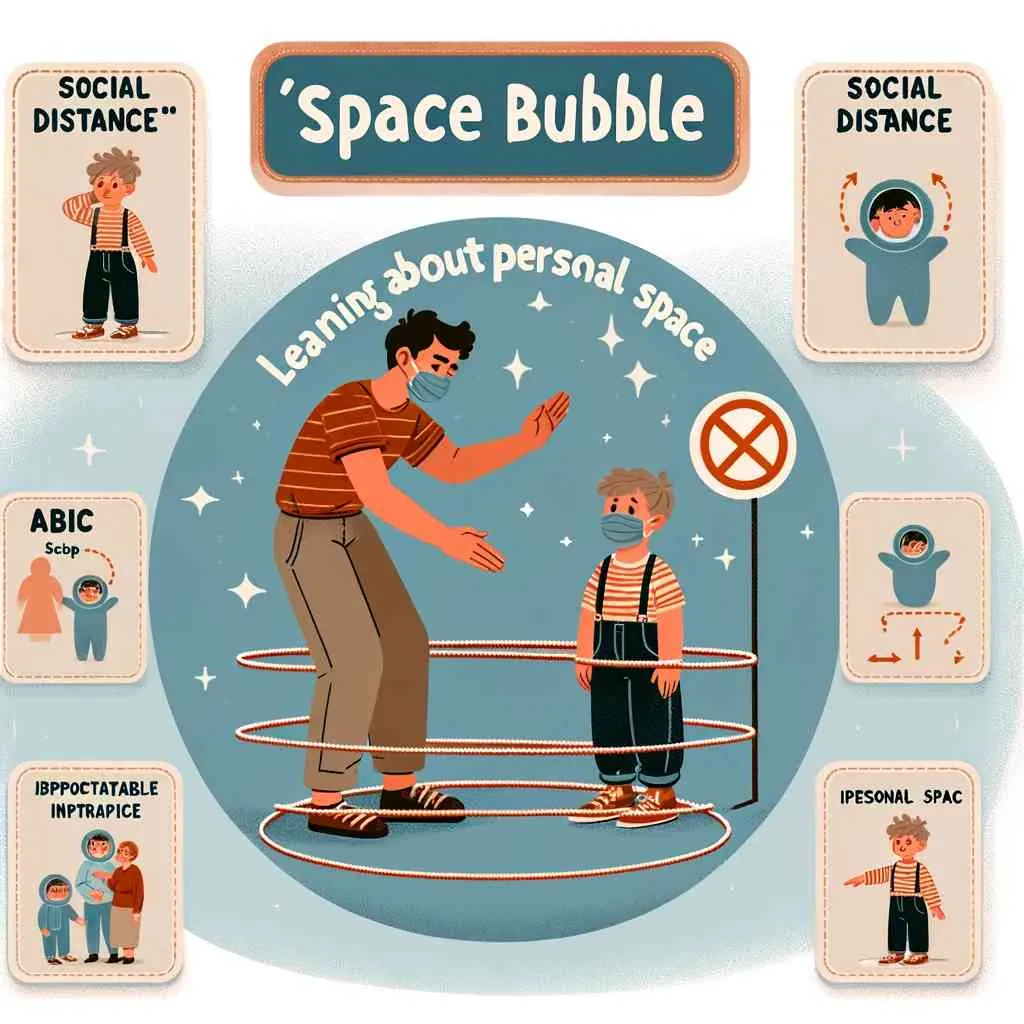
Once you’re onboard, your focus should shift toward making your child as comfortable as possible. The more relaxed and at ease they feel, the more likely they are to sleep.
Dress Comfortably
Choose soft, loose-fitting clothing for your child, and dress them in layers to accommodate fluctuating cabin temperatures. Pajamas can be an excellent option because they reinforce the bedtime routine. If your child feels physically comfortable, they’ll be more inclined to settle down and rest.
Block Out Light and Noise
Airplanes can be bright, noisy, and overstimulating—challenges that can make it difficult for children to fall asleep. Bring tools such as an eye mask, a lightweight blanket, or noise-canceling headphones to create a calming, sensory-friendly environment. Alternatively, you can drape a blanket over the seatback to form a makeshift canopy, blocking out distractions and simulating the privacy of their bed at home.
Make Use of Travel Sleep Aids
Certain travel accessories can make a world of difference. Inflatable footrests or travel beds allow young children to stretch out and lie down more comfortably. Some airlines permit the use of these devices, but it’s essential to confirm their guidelines beforehand. Additionally, compact airplane bassinets are a lifesaver for parents traveling with infants, allowing you to set your baby down for uninterrupted naps.
By focusing on comfort and eliminating distractions, you can create an environment conducive to sleep—even in a packed airplane cabin.
4. Stick to Familiar Routines
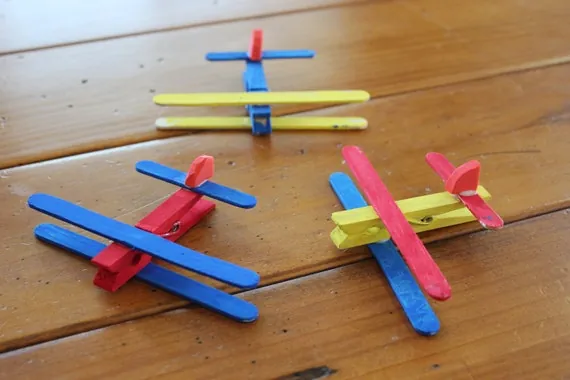
Consistency is key, especially when trying to soothe children in an unfamiliar setting. Sticking to elements of your child’s regular bedtime routine on the plane can help signal that it’s time to wind down.
Recreate Bedtime Rituals
Take the time to replicate as much of your child’s bedtime routine as possible. This might include brushing their teeth, reading their favorite book, singing a lullaby, or even applying the same lavender lotion you use at home. These small, familiar rituals reassure children and help them transition into sleep mode, despite being in a foreign environment.
Use White Noise Machines
Airplane cabins can be noisy, with engine sounds, announcements, and chatter from other passengers disrupting the peace. A portable white noise machine—or even a white noise app on your phone—can help mask these disruptive sounds and create a soothing, consistent auditory backdrop. The gentle hum can be particularly effective if your child is already accustomed to a white noise device at home.
While it may take a little creativity to implement routines onboard, staying consistent with comforting rituals helps foster a sense of normalcy and calm.
5. Tire Them Out Before Boarding
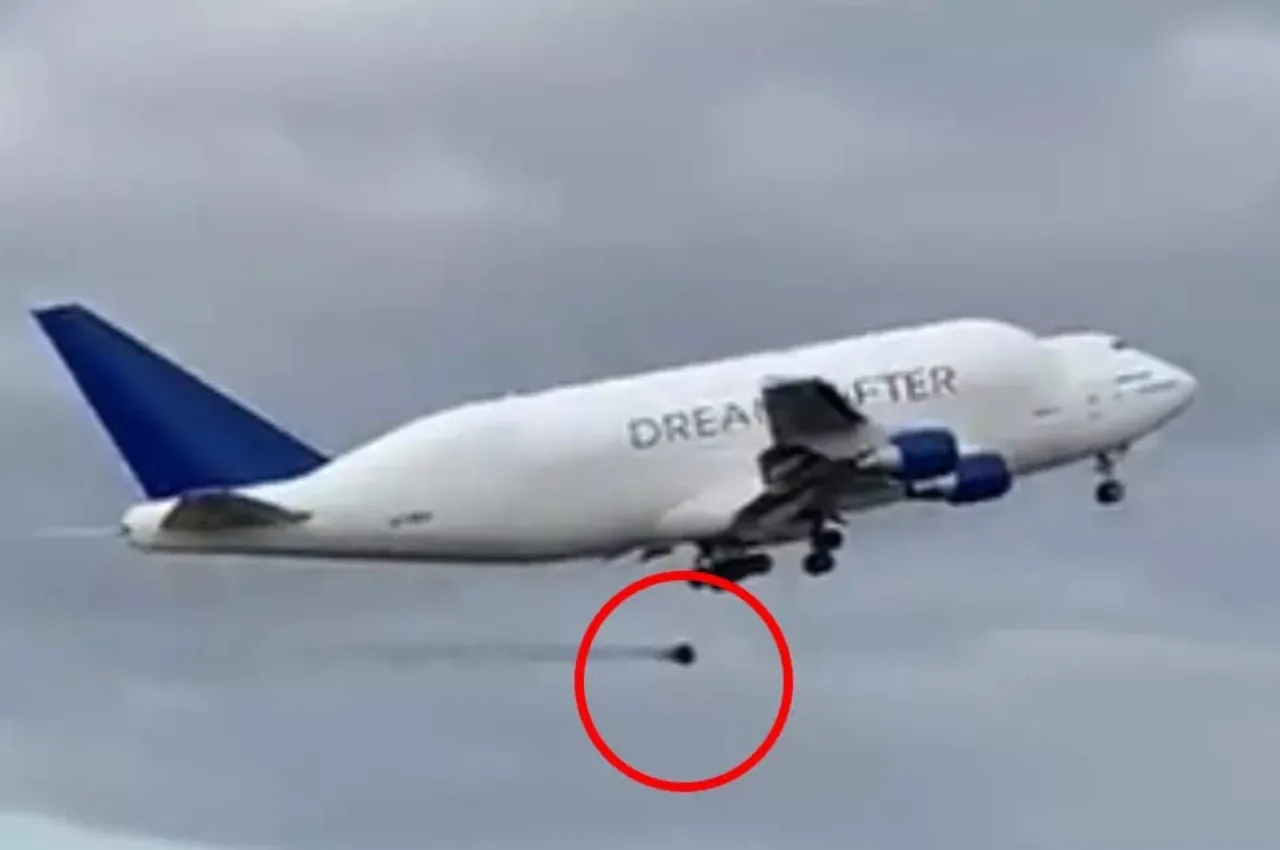
Expending energy before the flight is another effective strategy for setting your child up for a restful journey.
Encourage Physical Activity
If time allows, let your child expend some energy at the airport before boarding. Many airports have designated play areas where children can climb, run, and engage in active play. Alternatively, encourage them to walk around the terminal or explore the space instead of sitting in a stroller or waiting area.
Avoid Overstimulation
While tiring out your child is helpful, overstimulation is counterproductive. Too much excitement can leave them hyperactive, overtired, or even cranky when it’s finally time to settle down. Strike a balance by engaging them in calm, constructive activities like drawing or quiet games once they’ve had their fill of physical movement.
When children board the plane already feeling a little tired, they’re more likely to relax and fall asleep shortly after takeoff.
6. Manage Food and Hydration Wisely
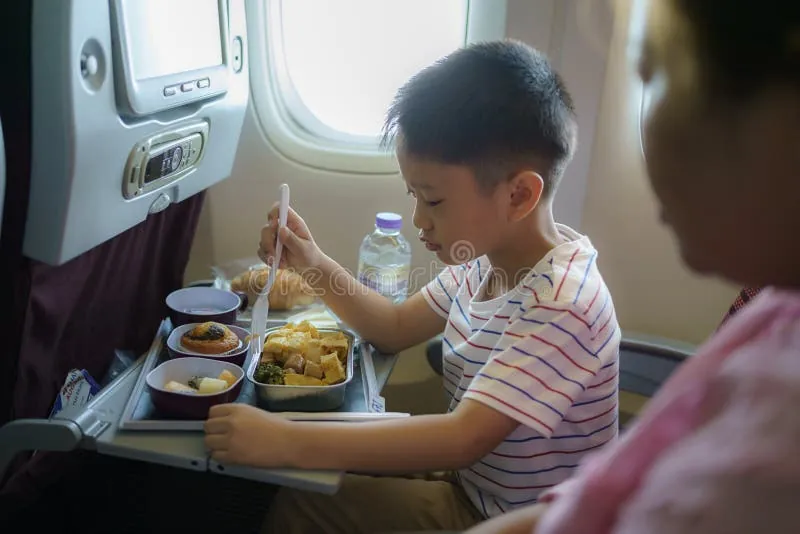
What and when your child eats or drinks before and during the flight can significantly affect their sleep patterns.
Serve a Filling Meal
A hungry child is unlikely to drift off to sleep peacefully, so make sure they have a satisfying meal before boarding or shortly after takeoff. Opt for meals that are nutritious and not overly heavy, as high-sugar foods or caffeine-laden snacks can lead to restlessness and hyperactivity.
Hydration Without Overdoing It
Cabin air can be dehydrating, so it’s essential to keep your child hydrated throughout the flight. Water is the best option, but try to limit large amounts of liquids right before bedtime to avoid frequent trips to the restroom. A spill-proof water bottle can make this process easier and mess-free.
By managing their energy and nutrition levels thoughtfully, you can create the ideal conditions for a smooth transition to sleep.
7. Adapt to In-Flight Challenges
Even with the best-laid plans, flying with children often involves unforeseen challenges. Turbulence, cabin noise, or unexpected delays can disrupt your child’s sleep, but staying calm and flexible will help you navigate these hurdles effectively.
Handle Disruptions Calmly
Turbulence or sudden movements can startle a sleeping child or make it difficult for them to settle down. If this happens, reassure your child with a soothing voice and gentle touch. The key is to remain calm—children are highly attuned to their parent’s emotions, and your composure will help put them at ease.
Quiet Activities for Restless Moments
If your child struggles to fall asleep or wakes up unexpectedly, don’t force sleep. Instead, engage them in quiet, relaxing activities like coloring, solving simple puzzles, or reading picture books. These activities can serve as a calm bridge between wakefulness and sleep, gently soothing your child until they’re ready to drift off again.
Adapting to the unpredictable nature of flying and responding to your child’s specific needs will ensure a smoother journey for both of you, even if things don’t go as planned.
8. Use Specialized Travel Accessories
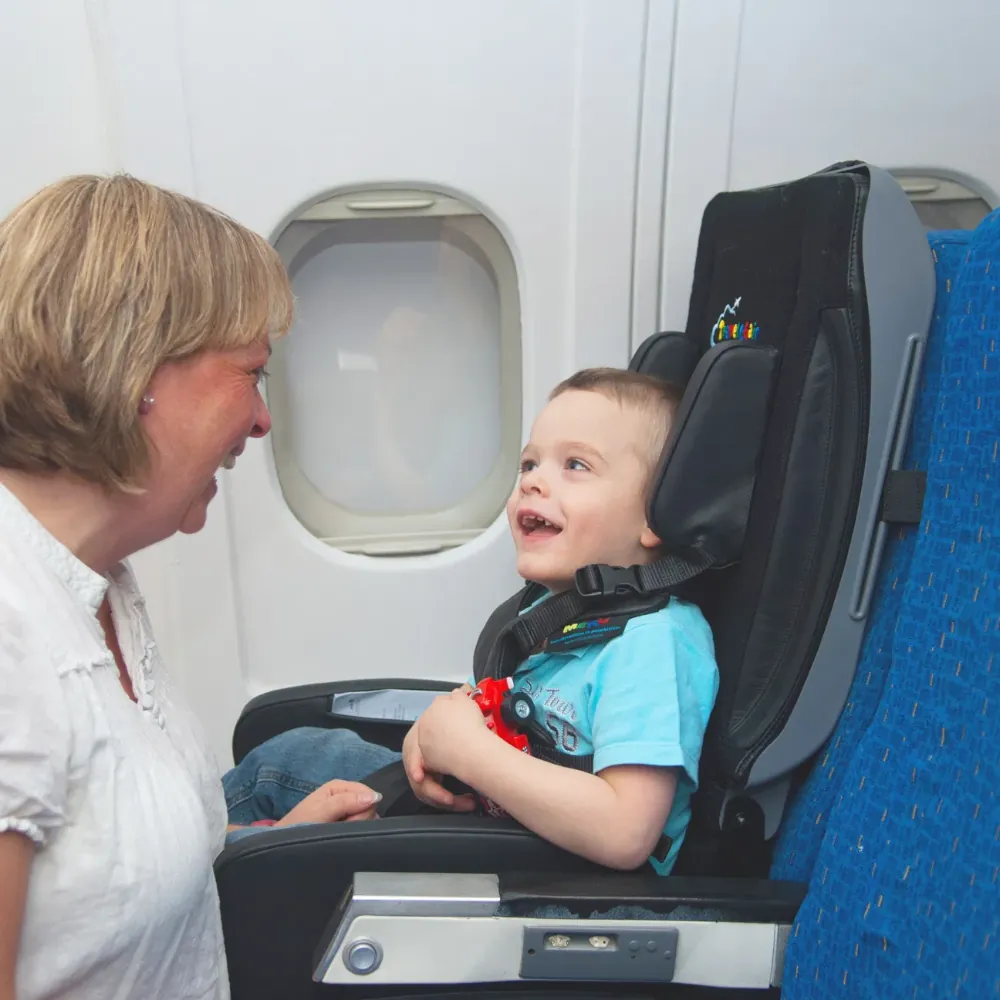
Modern travel gear designed specifically for children can significantly enhance comfort and improve your child’s chances of falling asleep on a plane.
Portable Airplane Beds and Footrests
Inflatable airplane beds or footrests transform cramped economy seating into a more child-friendly setup. These devices allow kids to stretch out and relax, mimicking the feeling of lying flat in a bed. Check with your airline before the flight to confirm whether these items are allowed, as policies can vary.
Blackout Covers and Privacy Pods
For small children or infants using bassinets, blackout covers or privacy pods can simulate a dark, cozy sleep environment. These accessories help block ambient light and distractions, making it easier for your child to settle down. Parents often find these tools invaluable for longer flights.
By investing in the right tools and doing your research ahead of time, you can significantly improve your setup for a restful journey.
9. Stay Calm and Patient
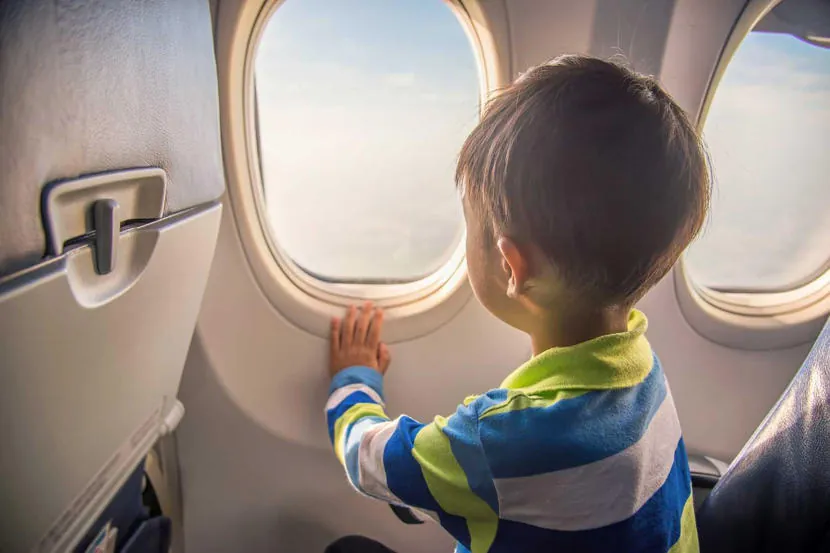
Flying with children is unpredictable, and despite your best efforts, things might not always go according to plan. Accepting this reality and maintaining a positive mindset can make all the difference.
Focus on Comfort Over Sleep
Not every child will fall asleep on a plane, and that’s okay. The goal should be to keep your child comfortable and calm rather than stressing over getting them to sleep. If your child seems content and engaged, the flight will still be manageable—even without sleep.
Managing Parental Stress
Long flights can be exhausting for parents, too. To stay calm, practice deep breathing, listen to music, or take turns with your partner (if you’re traveling together) to recharge. A calm and patient parent can make a world of difference in how a child reacts to the travel experience.
Patience is your greatest ally when flying with children—remember, every experience is a learning opportunity.
10. Post-Landing Sleep Recovery Tips
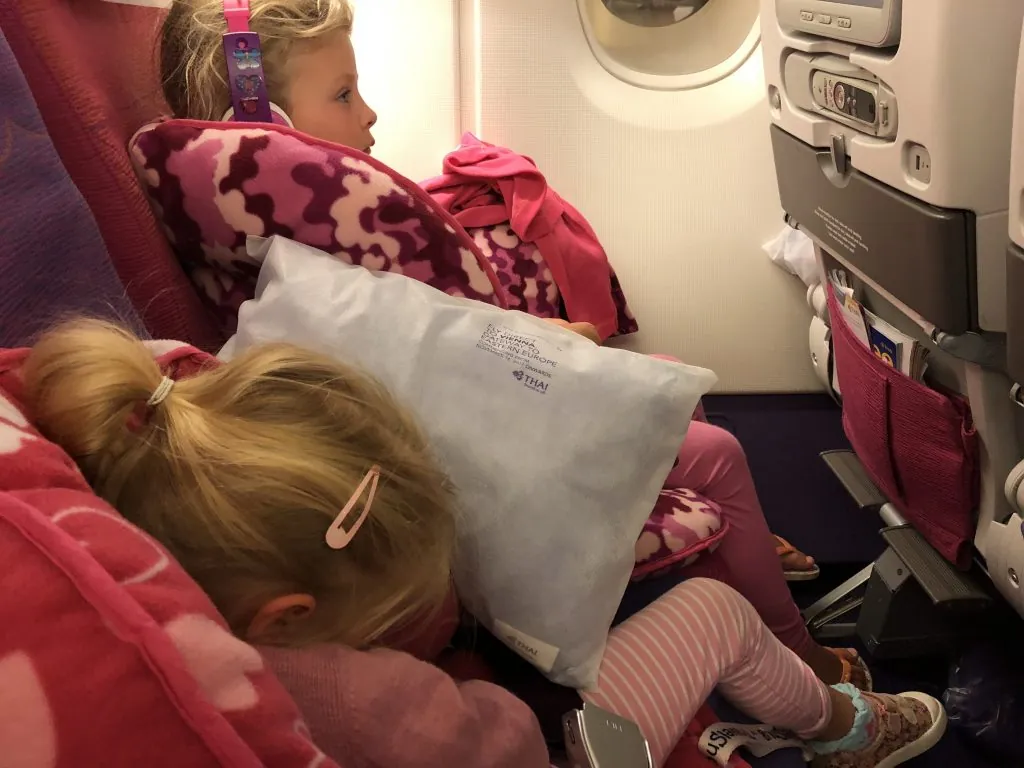
A restful return to routines after landing is just as important as the flight itself. Helping your child adjust to the new time zone and environment will ensure they bounce back quickly.
Adjust to the Local Time Zone
Expose your child to natural sunlight during the day to help reset their internal clock. If you arrive in the morning, resist the urge to let them nap for extended periods; instead, encourage activity to keep them awake until bedtime in the local time zone.
Recreate Familiar Routines at Your Destination
Sleep in a way that mimics your routine at home. Bring along familiar pillows, blankets, or bedtime books to make the transition smoother. Consistency in routines will help your child adapt quickly to the new environment, leading to better sleep and more enjoyable travel experiences.
By focusing on recovery and re-establishing routines, you can ensure your family starts your trip on the right note.
FAQs: Common Questions About Getting Kids to Sleep on a Plane
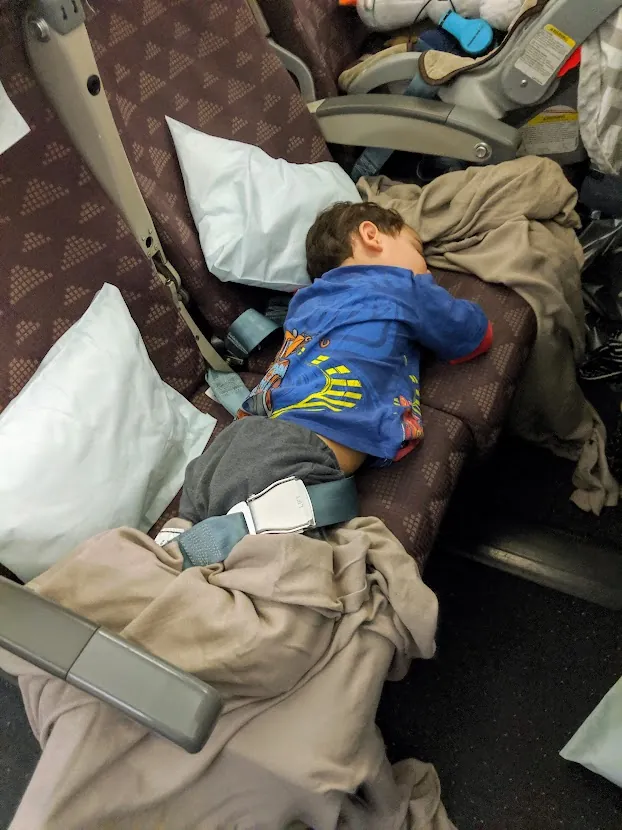
1. What should I pack to help my child sleep on a plane?
Bring along comfort items like their favorite blanket, stuffed toy, or pillow. Noise-canceling headphones, white noise machines, and an eye mask can also help block out distractions. Don’t forget calming snacks or a spill-proof water bottle to keep them hydrated and happy.
2. How do I handle jet lag in kids after a flight?
Gradually adjust your child to the new time zone by exposing them to natural light during the day and using familiar bedtime routines to signal sleep time. Avoid long naps upon arrival, as they can disrupt nighttime sleep.
3. Are airplane beds or toddler travel devices allowed?
This depends on the airline. Some allow travel bassinets, inflatable footrests, and airplane beds, while others do not. Always check with your airline before your trip.
4. What if my child doesn’t fall asleep on the plane?
Stay patient and focus on keeping them calm and entertained. Engage them in quiet, screen-free activities like reading or coloring. If sleep doesn’t happen, let them rest as much as possible and plan for recovery sleep after landing.
Final Thoughts
Flying with children presents unique challenges, but with preparation, adaptability, and the right tools, it’s possible to ensure a smoother experience for everyone involved. From picking the right flight schedule to packing comfort items and sticking to familiar routines, every step you take contributes to helping your child relax and fall asleep.
Remember, not everything will go perfectly—and that’s okay. Flexibility, patience, and a focus on your child’s comfort will help you navigate the journey with confidence. And when things don’t go as planned, remind yourself that even a challenging flight is just one small part of the adventure. With these expert tips, you’ll be well-equipped to make flying with children a manageable and even enjoyable experience. Safe travels!






